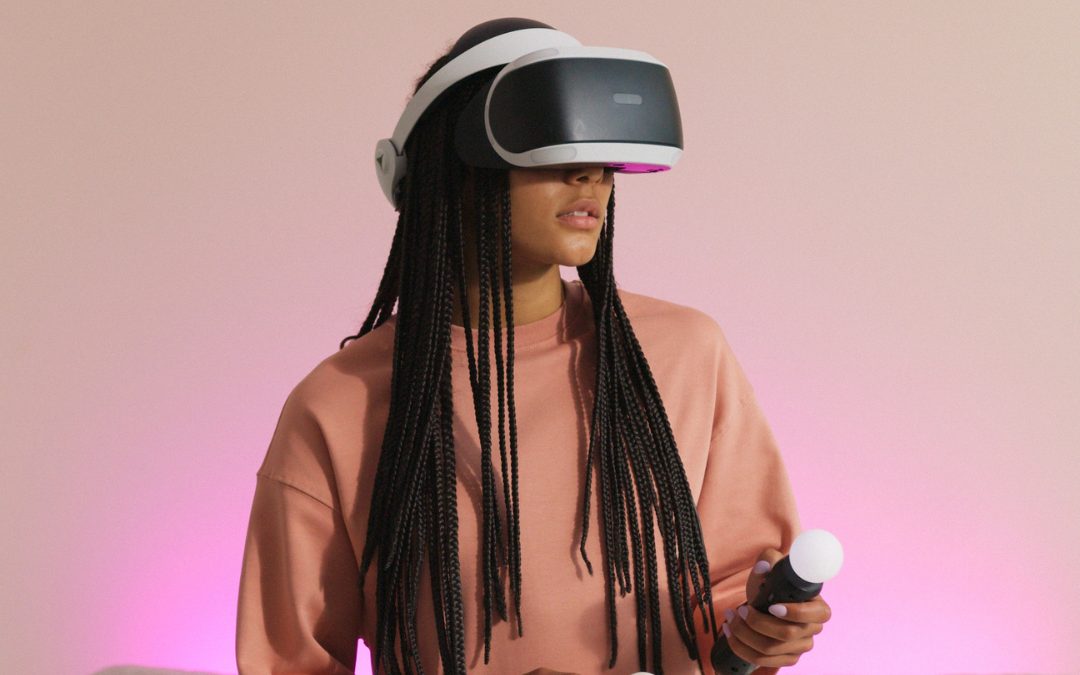Advanced three-dimensional virtual environment technology, similar to that used by the film and computer games industry, can allow educational developers to rapidly create realistic online virtual environments.
This technology has been used to generate a range of interactive Virtual Reality (VR) learning environments across a spectrum of industries and educational application areas.
This idea is not new; flight simulators have been used for decades to train pilots for both commercial and military aviation.
These systems have advanced to a point that they are integral to both the design and the operation of modern aircraft. There are a number of lessons that can be learned from the industries that have successfully utilized virtual training and learning systems.
Generic rules of thumb regarding the specification, development, application, and operation of these learning environments can be garnered from these industrial training systems and examined in an educational context.
This paper introduces a virtual learning environment ViRILE (Virtual Reality Interactive Learning Environment) developed by the author.
ViRILE is designed for use by undergraduate chemical engineers to simulate the configuration and operation of a polymerization plant.
During the implementation of this, and other, visual learning environments a number of complex operational problems were encountered; these have required a number of innovative solutions and management procedures to be developed.
This paper will also discuss the implementation of this and other similar systems and extrapolate the lessons learned into general pedagogical guidelines to be considered for the development of VR-based online educational learning resources.


